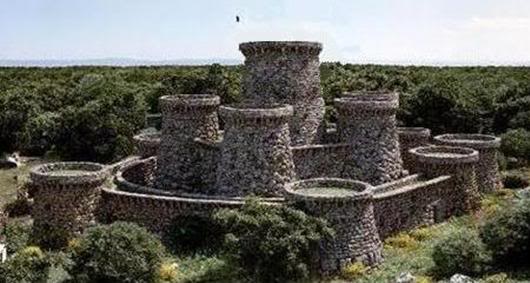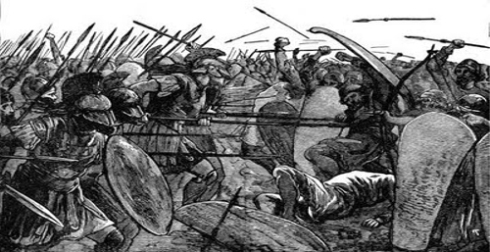++++++++++++++++++++++++++++++++++++
ITALY CENTERED
(Corsica, Sardinia, Italian penninsula, Sicily & Malta)
++++++++++++++++++++++++++++++++++++

| LORDS OF THE EARTH 38 - THE DAWN OF CIVILIZATION | |
| Newsfax Turn: #5 ( 2110 - 2106 BC ) | |
| September 10, 2015 |
|
Italy Centered
Aegean Sea Centered Greater Nile Valley Greater Levant Greater Mesopotamia |
Oxus Valley
Indus Valley Ganges Valley Southern India Irrawaddy Valley |
 |
Labrys ordered no less than nine trade galleys built at the municipal shipyards and hundreds of men recruited and trained as infantry. Surplus urban population was rounded up and issued tools and supplies, then were loaded aboard over a dozen trading galleys of various sizes along with nearly 2,500 infantry and skirmishers. Crowds on the docks gathered as a priest sacrificed a bull to ensure calm seas. The trading galleys - impressed into use as transports - set out from Knossos escorted and flanked by pentaconter war galleys with Labrys, his son Tavrys and his uncle Diskliakos aboard the flagship. |
| The armies met in cultivated land with the Luvians anchoring their lines on a field fort and a steep-sided creek. But the Luvian infantry proved unable to resist the mass of Trojan heavy infantry using a shield wall with spears (kind of a proto-phalanx) giving them a longer reach than swords. Regular Trojan infantry followed the spearmen into the breach and the Luvian center collapsed despite Kyran leading a counterattack. Their morale undermined by years of republican agitation and now broken by the defeat, the surviving Luvian warriors - most of whom were wounded - began surrendering in droves. Some 1,500 men of Troy were also casualties but they had taken |
 |
|
King Shasesi commanded significant investment into the nation's infantry training and
tactics, and the hiring of additional scholars for the University. Much gold and labor was spent on yet
more rural improvements including wooden bridges built over creeks and streams enabling farm wagons to
transport fresh produce to market faster. The homeland received additional forts and the capital was
enclosed in stone walls (left) as the king explained to protect it from river pirates.
All that in progress, in the social event of the year Shasesi wed a local noblewoman from Kerma. He ruled his kingdom and spent time with his wife. She miscarried once then many years passed without a pregnancy despite the sacrifices, prayers and chanting of shamen until in 2106 after a difficult labor she birthed a daughter. |
 |